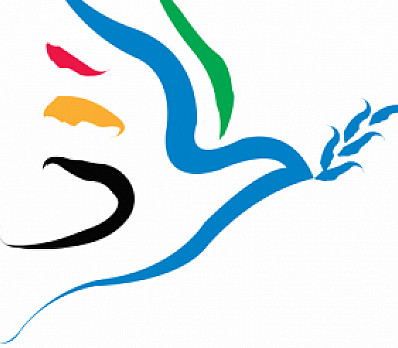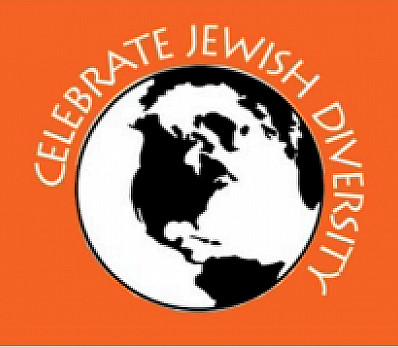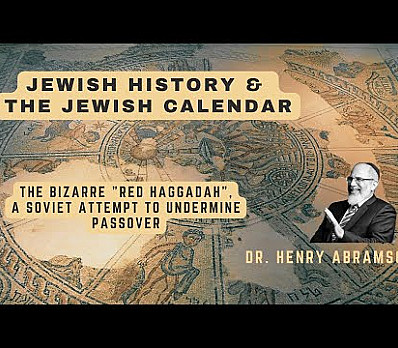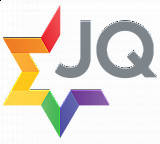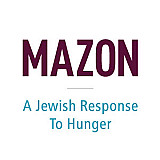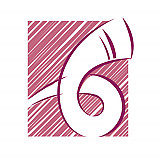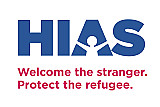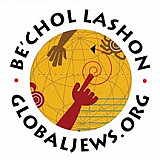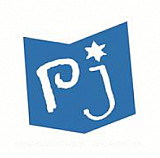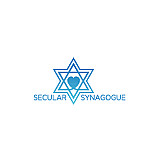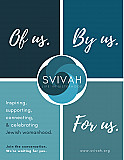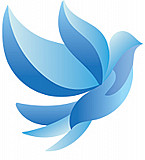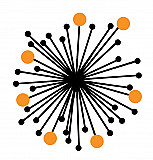Seder Plate and Ritual Items
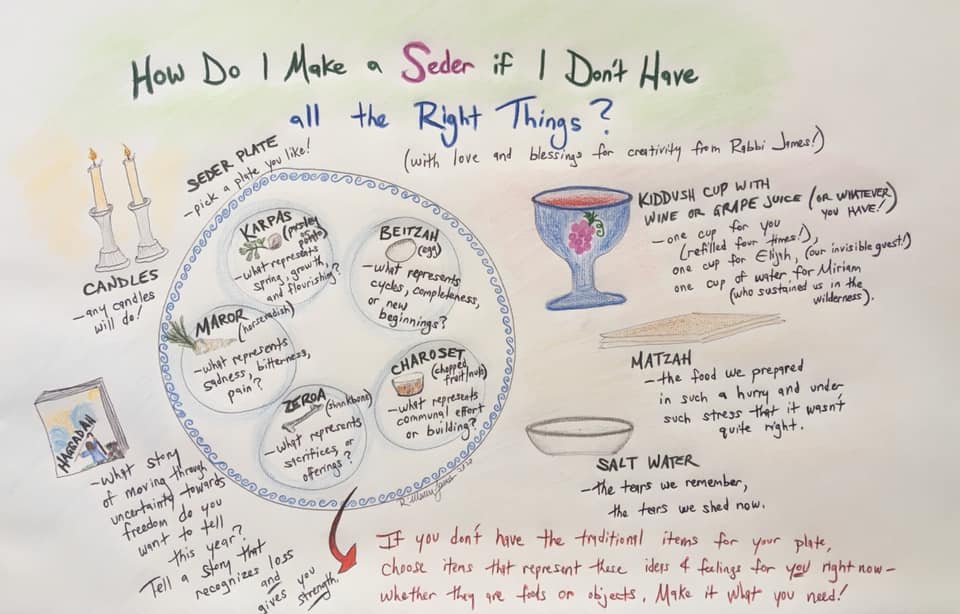
Explanation of the Seder Plate and other symbolic items used during the Seder Ritual
Hard boiled eggs
Traditional and alternative uses: Eggs or another little round protein thing. Veggie burger? Bean balls? Whatever you want!
Explanation: Eggs are said to sympbolize the spring (because now is when birds start laying again in the northern hemisphere!) and their ovid/roundness represents the circles and cycles of the seasons. It's an ashkenazim tradition to have a bowl of them on the table. They don't have a spot in the seder/order, except to just snack on them whenever you want to keep you going through the order of things. Or pop one in your mouth whenever we use the salt water!
Karpas
Traditional use: parsley or a green vegetable
Traditional explanation: representing Spring, to dip in salty water (Ashkenazi tradition) or vinegar (Sfardi tradition)
Alternative use: potato other root vegetable, wild herbs like sorrel
Alternative explanation: Some Ashkenazim use potatoes since green spring veggies weren’t available at Pesach time in Eastern Europe! If potatoes or other root vegetables are the only veggies you have access to at the moment, that’s not only valid under these circumstances, it’s built into the tradition! And it honours local growing seasons. :)
Haroset
Traditional use: sweet fruit paste (various traditional recipes)
Traditional explanation: representing mortar
Alternative use: Alternative: chopped fruits, and/or nuts, and/or wine
Alternative explanation: Basically what we're trying to achieve is something that looks kinda like a paste or lumpy oatmeal and tastes sweet. Maybe some apple sauce and a bit of wine? dried fruit and nuts chopped up or blended together?
Maror
Traditional use: bitter herbs (romaine lettuce or similar)
Traditional explanation: Representing the bitterness of slavery
Alternative use: horseradish, garlic mustard, dandelion, a food you don't like!
Alternative explanation: Horseradish also only makes sense in the context of an Ashkenazi tradition that was looking for a bitter herb that would be available in early Spring in Eastern Europe. Some even use pickled horseradish! This is interesting because Maror is not meant to be pickled in brine according to Jewish law. However, the widespread use of pickled horseradish seems to prove that we have long been adapting our religious practices for unique and diverse situations.
A fun tip: Add salad or veggie snacks to Maror because seders are long! This is a great spot to have a festive maror-themed snack of veggies or salad to make sure you aren't just chugging wine on an empty stomach.
Salt water
Traditional use: To represent our tears, then and now
Hazeret
Traditional use: second bitter herbs, usually horseradish
Alternative use: Wasabi, hot sauce, pepper on lettuce?
Explanations: used for the Hillel sandwich - matzah, horseradish, haroset.
Zeroah
Traditional use: roasted lamb shank bone
Traditional explanation: Representing the Passover lamb sacrifice
Alternative use: Roasted bone of any kind, roasted beet, a drawing of a lamb or a bone!
Alternative explanation: Vegetarians often substitute a beet because of the blood red colour!
Beitzah
Traditional use: roasted or hard boiled egg
Traditional explanation: represents the Hagigah sacrifice and the Circle of life
Alternative use: Another round food
Alternative explanation: Hagigah was a festive, edible, thanksgiving offering. I doubt that it was actually an egg? So I think it would be fairly simple to substitute another round food.
Orange
Use: LBGTQ+ inclusion, feminist addition
Explanation: maybe you will include an orange, or another fruit with seeds, or maybe you will feel called to include a crust of bread, that is also valid! Irreverance and discomfort with tradition are welcome, as well as choosing to stick more closely to the letter of the law! The cool thing about the Zoom seder is we don't have to worry about each others Kosher practice at all!
Olive
Use: peace, justice in Palestine and Israel
Explanation: The olive might be a symbol of peace or of justice (Palestinian self determination), depending on how parve (centrist/"neutral") your sources are... let me know if you can find BDS compliant Kosher for Pesach olives!
Matzah
Traditional use: Unleavened bread
Alternative use: something simple, rushed, something that isn't quite ready, something that is very unique and also very plain
4 cups of wine
Use: 1 nice or unique glass or cup wine or another nice drink for yourselves. Try lemon or cucumber water, or a tea you like, or anything that makes you feel relaxed or festive.
Miriam's cup
Use: extra glass filled with water
Elijah's cup
Use: extra glass with some juice or wine, extra chair, extra dishes if desired
Ten Plagues
Use: Wine or grape juice
Explanation: Hannah Simson's trans-centered interpretation of the ten plagues
Image source: Marisa Elana James
Favorites 2022
- Introduction
- Kadesh
- Urchatz
- Karpas
- Yachatz
- Maggid - Beginning
- Commentary / Readings
- -- Four Questions
- -- Four Children
- -- Cup #2 & Dayenu
- -- Exodus Story
- -- Ten Plagues
- Motzi-Matzah
- Koreich
- Shulchan Oreich
- Rachtzah
- Bareich
- Hallel
- Nirtzah
- Songs
Inspired to create
your own Haggadah?
Make your own Haggadah and share with other Seder lovers around the world
Have an idea
for a clip?
People like you bring their creativity to Haggadot.com when they share their ideas in a clip
Support Us
with your donation
Help us build moments of meaning and connection through
home-based Jewish rituals.
OUR TOP CONTRIBUTORS
Passover Guide
Hosting your first Passover Seder? Not sure what food to serve? Curious to
know more about the holiday? Explore our Passover 101 Guide for answers
to all of your questions.


